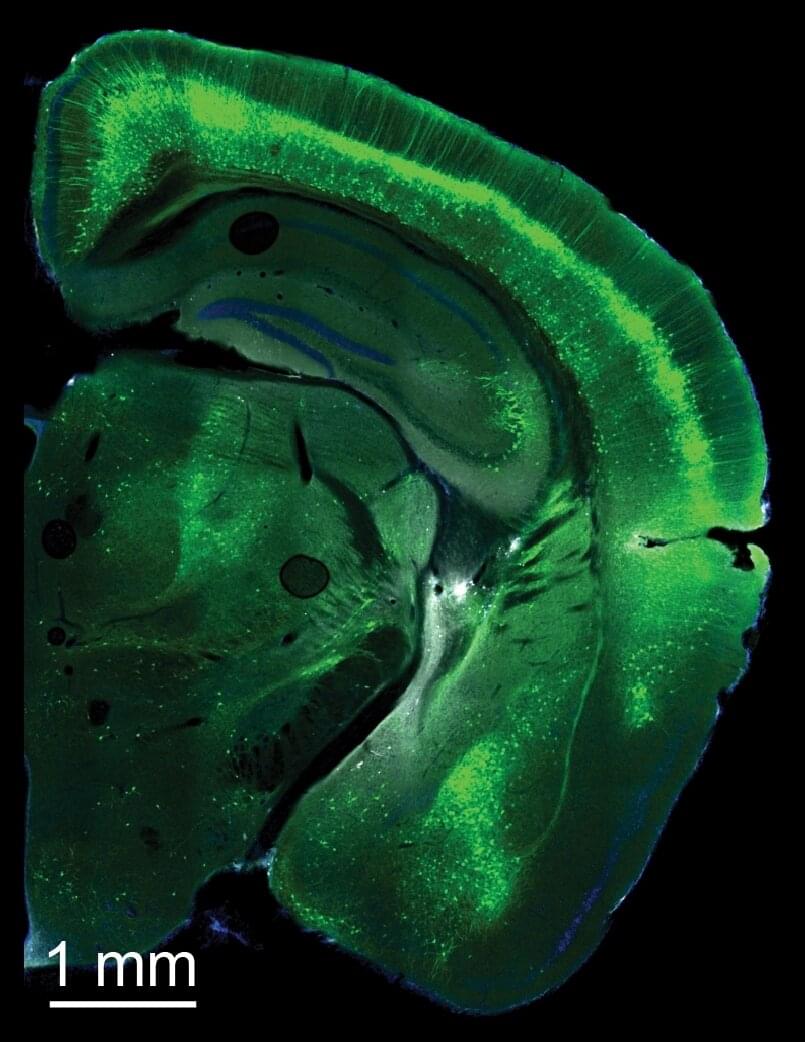The outer layer of the brain, known as the cortex, is made of different types of neurons. Neuroscience studies suggest that these different neuron types have distinct functions, yet for a long time this was difficult to ascertain, due to the inability to examine and manipulate them in the brains of living beings.
In recent years, genetic techniques opened new possibilities for studying cells and their functions. Using some of these techniques, researchers at Forschungszentrum Jülich, RWTH Aachen University, Cold Spring Harbor Laboratory and other institutes in the United States closely examined the functions of different pyramidal cells, which are commonly found in the human cortex.
Their findings, published in Nature Neuroscience, suggest that distinct types of pyramidal cells drive patterns of cortical activity associated with different brain functions. The team’s study builds on some of their previous works focusing on neuronal activity in the cortex.
